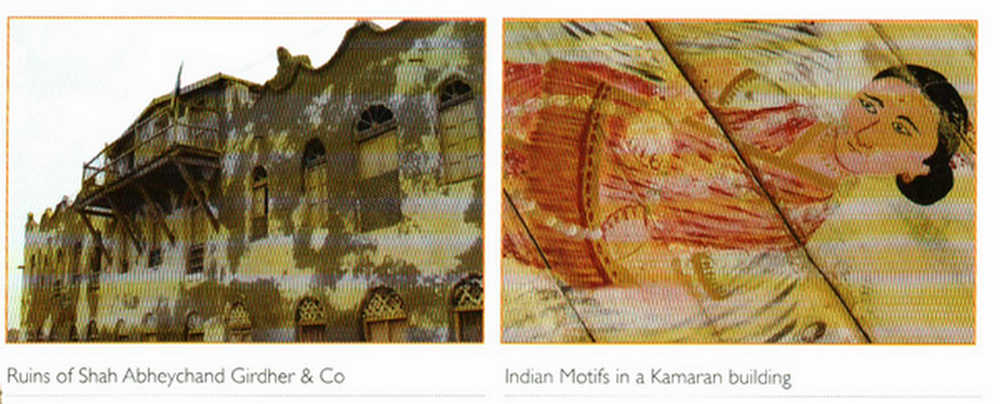Kamaran or the ‘Island of two Moons’ is considered as the largest shelf-island in the Red Sea. It was first mentioned in the “History of World Ports” in 525 A.D. Kamaran has been occupied by various foreign powers during its history, which include Ethiopians, Mamaluks, Persians, Portuguese, Turks and the British. From 1882 onwards Kamaran Island became a central quarantine station for the Hajj pilgrimage to Makkah, accommodating up to 44,000 pilgrims per season.
In 1915 British troops from Aden captured Kamaran from Turkey. The island was administered by the Government of India through the Resident of Aden, who appointed a resident Civil Commissioner for the Island. D.G. Shaw was the first Commissioner of the Kamaran Island. The Commissioner also served as director of the quarantine station and was assisted by two medical officers appointed by the Government of India and the Government of the Dutch East Indies, according to a 1926 Anglo-Dutch Agreement. At Kamaran Island, the Hajj pilgrims were quarantined and received a bill of health before entering the Hejaz region.
In the early and middle of the 20th century, several Indian merchants were engaged in trading through the Kamaran Island. One company by the name Shah Abheychand Girdher & Co. had its head office in Kamaran, with branches in Hodeidah, Aden, Lohiya and Perim. The company acted as General Merchants, Commission Agents, Suppliers and Building Contractors. The building housing the company’s head office still exists in Kamaran but is almost in ruins. The ceilings of the building show distinct Hindu motifs, depicting strong Indian architectural influence in its construction.
***
